Properties
| Storage Buffer | PBS pH7.4, 50% glycerol, 0.09% sodium azide *Storage buffer may change when conjugated |
| Storage Temperature | -20ºC, Conjugated antibodies should be stored according to the product label |
| Shipping Temperature | Blue Ice or 4ºC |
| Purification | Protein G Purified |
| Clonality | Monoclonal |
| Clone Number | 22B1 |
| Isotype | IgG1 |
| Specificity | Detects phosphorylated CaMKII from rat tissues. This antibody is specific for α and β subunits of CaMKII only when they are phosphorylated at Thr-286/287 (in β). |
| Cite This Product | StressMarq Biosciences Cat# SMC-125, RRID: AB_2067924 |
| Certificate of Analysis | 1 µg/ml was sufficient for detection of 0.2 µg CamKII by colorimetric immunoblot analysis using Goat Anti-Mouse IgG:HRP as the secondary. |
Biological Description
| Alternative Names | CaMKII, CaM kinase II, CaM KII, CaMK-II, CamK-II, CAMKII, CaMKii, CamKII, Camkii, camKII, camkII, camkii, CAMKIIalpha, CamKIIalpha, CAMKIId, CDPK1, dCAMKII, dCaMKII, DCK, CAMK2A, CAMK2B, CAMK2D, CAMK2G, CAMKA |
| Research Areas | Cell Signaling, Phosphorylation, Post-translational Modifications |
| Cellular Localization | Cell Junction, Cytoplasm, Mitochondrion, Nucleus, Presynaptic Cell Membrane, Synapse |
| Accession Number | NP_037052.1 |
| Gene ID | 25400 |
| Swiss Prot | P11275 |
| Scientific Background | Calcium/calmodulin-dependent protein kinase II (CaMKII) is a pivotal serine/threonine kinase that plays a critical role in synaptic plasticity, memory formation, and neurodegenerative disease mechanisms. Highly enriched in forebrain neurons, CaMKII is localized to both the soma and dendrites, where it orchestrates calcium signaling in response to synaptic activity. The neuronal isoforms—comprising 52 kDa (α subunit) and 60 kDa (β subunit)—assemble into multimeric holoenzymes that integrate calcium dynamics with downstream signaling. CaMKII activation is initiated by Ca²⁺/calmodulin binding, which relieves autoinhibition and triggers autophosphorylation at threonine 286 (Thr286). This phosphorylation event confers autonomous kinase activity, even after calcium levels subside, and enhances CaMKII’s affinity for NMDA receptors at postsynaptic densities—an essential mechanism for long-term potentiation (LTP). The phosphorylation state of Thr286 is tightly regulated: protein phosphatase 1 (PP1) dephosphorylates it, while protein kinase A (PKA) counteracts this dephosphorylation, sustaining CaMKII activity. Dysregulation of CaMKII signaling has been implicated in multiple neurodegenerative disorders, including Alzheimer’s disease, where aberrant phosphorylation and synaptic dysfunction are hallmark features. As a master regulator of synaptic strength and plasticity, CaMKII remains a high-value target in neuroscience research and therapeutic development for cognitive and neurodegenerative disorders. |
| References |
1. Hughes K. et al. (2001) J. Biol. Chem. 276: 36008–36013. 2. Barria A. et al. (1997) Science 276: 2042–2045. 3. Bennet M.K. and Kennedy M.B. (1987) Proc. Natl. Acad. Sci. U.S.A. 84: 1794-1798. 4. Broke L., Srinivasan M. and Schulman H. (1995) J. Neurosci. 15: 6797-6808. 5. Nghiem P., Saati S. M., Martens C. L., Gardner P. and Schulman H. (1993) J. Biol. Chem. 268: 5471-5479. 6. Edman C.F. and Schulman H. (1994) Biochem. Biophys. Acta 1221: 90-102. 7. Tombes R.M. and Krystal G.W., (1997) Biochem. Biophys. Acta 13555: 281-292. 8. Means A.R. (2000) Mol. Endocrinol. 14: 4–12. 9. Makhinson M. et al. (1999) J. Neurosci. 19: 2500–2510. 10. Strack S. and Colbran R.J. (1998) J. Biol. Chem. 273: 20689-20692. 11. Leonard S.A., Lim I.A., Hemsworth D.E., Horne M.C. and Hell J.W. (1999) Proc. Natl. Acad. Sci. U.S.A. 96: 3239-3244. 12. Shen K. and Meyer Y. (1999) Science 284: 162-167. |
Product Images

Immunocytochemistry/Immunofluorescence analysis using Mouse Anti-CaMKII Monoclonal Antibody, Clone 22B1 (SMC-125). Tissue: dissociated hippocampal neurons. Species: Rat. Fixation: Cold 4% paraformaldehyde/0.2% glutaraldehyde in 0.1M sodium phosphate buffer. Primary Antibody: Mouse Anti-CaMKII Monoclonal Antibody (SMC-125) at 1:1000 for 12 hours at 4°C. Secondary Antibody: FITC Goat Anti-Mouse IgG (green) at 1:50 for 30 minutes at RT. Magnification: 10X. Courtesy of: Mary Kennedy, Caltech.
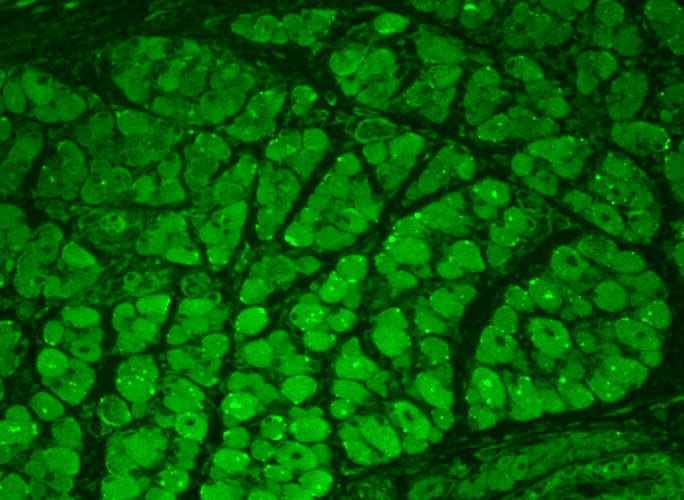
Immunohistochemistry analysis using Mouse Anti-CaMKII Monoclonal Antibody, Clone 22B1 (SMC-125). Tissue: backskin. Species: Mouse. Fixation: Bouin’s Fixative and paraffin-embedded. Primary Antibody: Mouse Anti-CaMKII Monoclonal Antibody (SMC-125) at 1:100 for 1 hour at RT. Secondary Antibody: FITC Goat Anti-Mouse (green) at 1:50 for 1 hour at RT. Localization: Muscle, hair follicle, epidermis. Backskin obtained from transgenic mice.
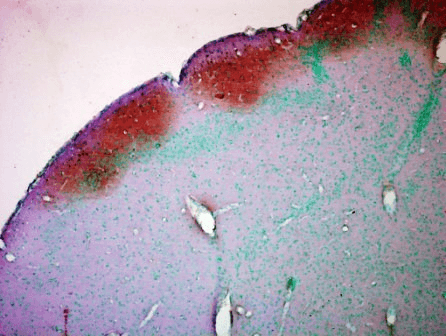
Immunohistochemistry analysis using Mouse Anti-CaMKII Monoclonal Antibody, Clone 22B1 (SMC-125). Tissue: colon carcinoma. Species: Human. Fixation: Formalin. Primary Antibody: Mouse Anti-CaMKII Monoclonal Antibody (SMC-125) at 1:5000 for 12 hours at 4°C. Secondary Antibody: Biotin Goat Anti-Mouse at 1:2000 for 1 hour at RT. Counterstain: Mayer Hematoxylin (purple/blue) nuclear stain at 200 µl for 2 minutes at RT. Magnification: 40x.
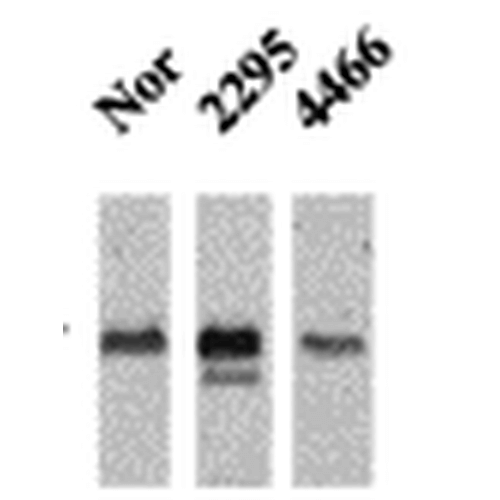
Western Blot analysis of Mouse Ventricle lysates showing detection of CaMKII protein using Mouse Anti-CaMKII Monoclonal Antibody, Clone 22B1 (SMC-125). Primary Antibody: Mouse Anti-CaMKII Monoclonal Antibody (SMC-125) at 1:1000. Analysis of CaMKII and NFAT phosphorylation in ventricles of 14 day old mice over-expressing CaMK.

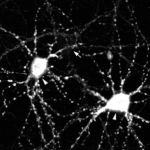
![Mouse Anti-CaMKII Antibody [22B1] used in Immunohistochemistry (IHC) on Mouse backskin (SMC-125)](https://www.stressmarq.com/wp-content/uploads/SMC-125_CaMKII_Antibody_22B1_IHC_Mouse_backskin_8-100x100.png)
![Mouse Anti-CaMKII Antibody [22B1] used in Immunohistochemistry (IHC) on Human colon carcinoma (SMC-125)](https://www.stressmarq.com/wp-content/uploads/SMC-125_CaMKII_Antibody_22B1_IHC_Human_colon-carcinoma_40x_1-100x100.png)
![Mouse Anti-CaMKII Antibody [22B1] used in Western Blot (WB) on Mouse Ventricle lysates (SMC-125)](https://www.stressmarq.com/wp-content/uploads/SMC-125_CaMKII_Antibody_22B1_WB_Mouse_Ventricle-lysates_1-100x100.png)
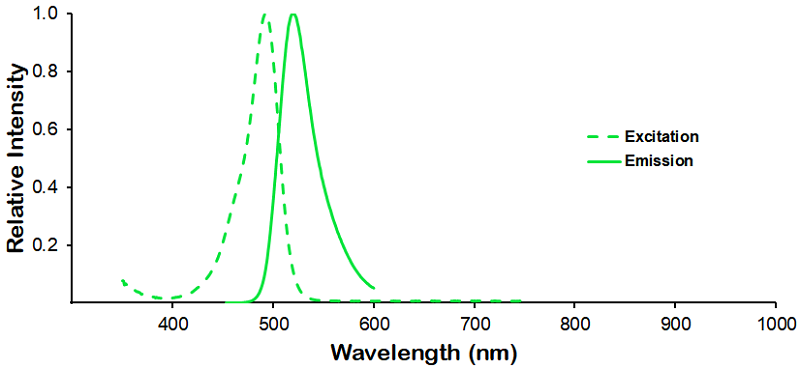
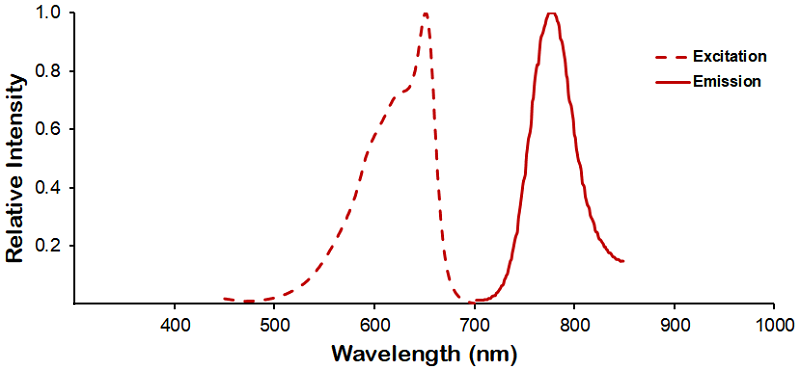
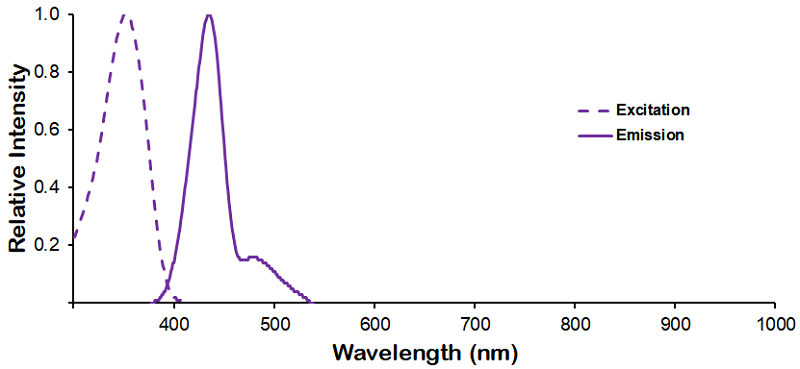
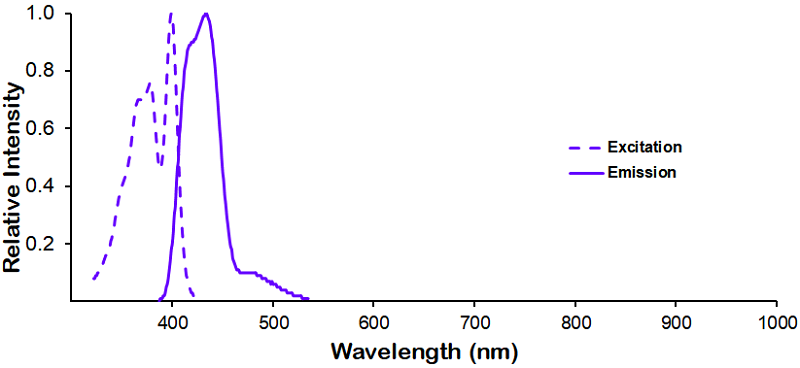
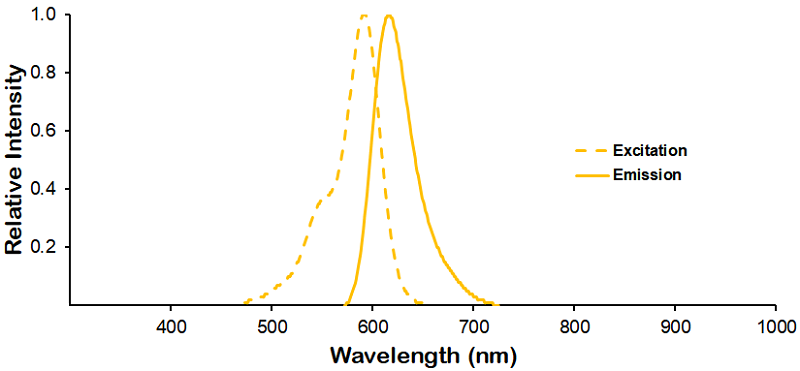

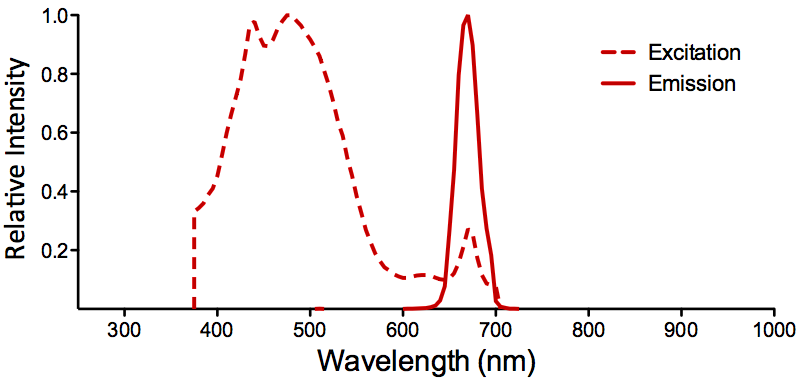
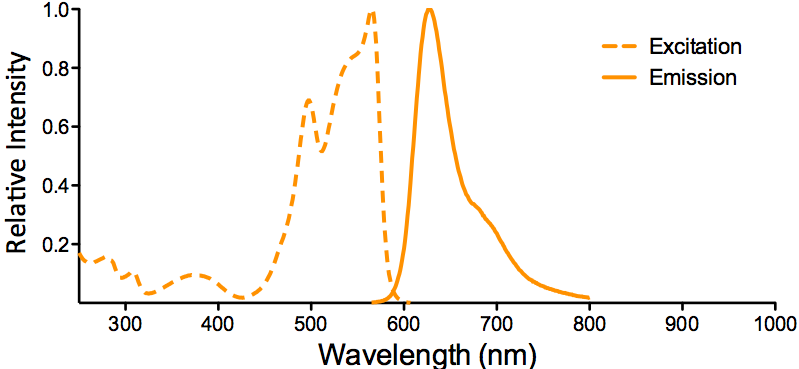
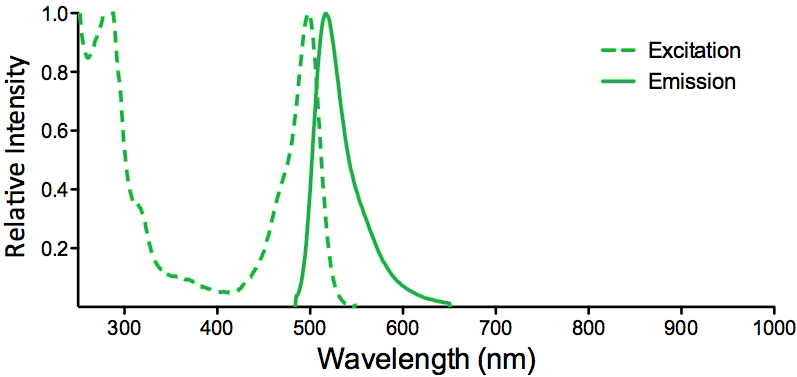
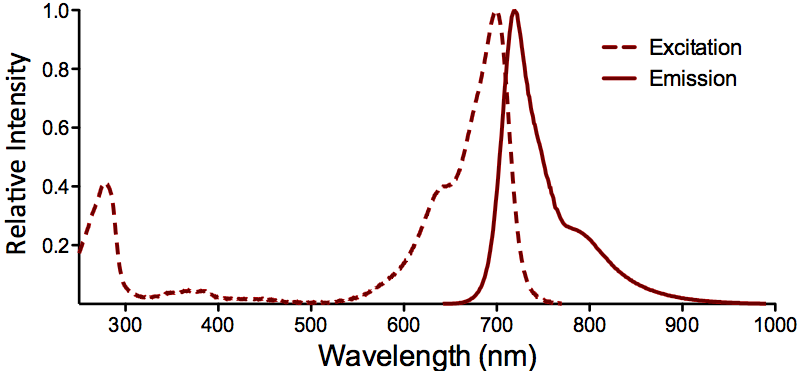
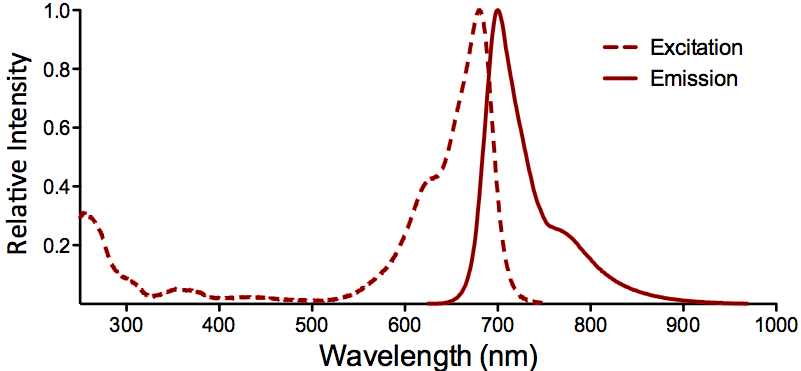

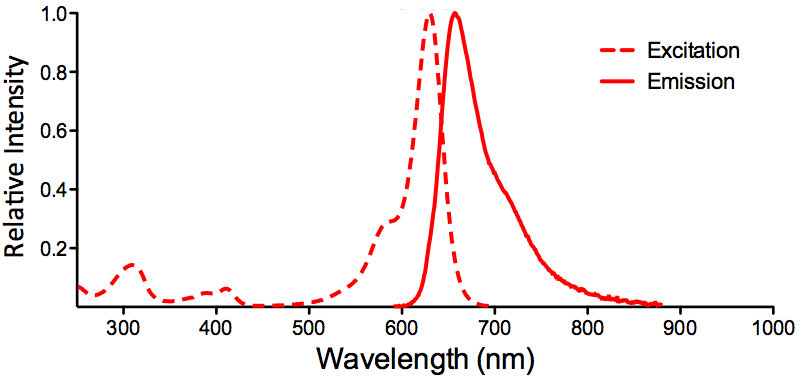
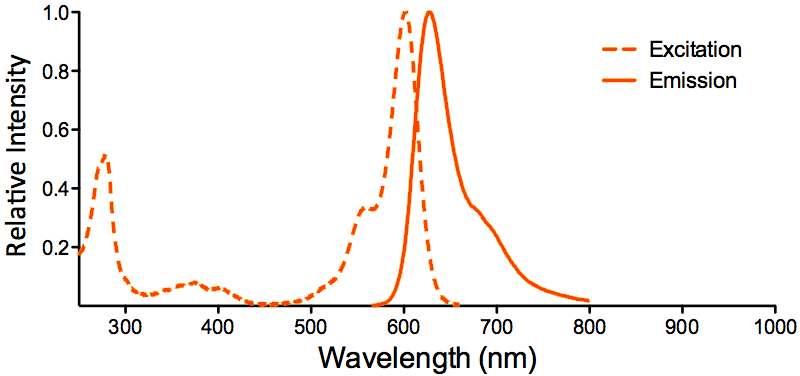

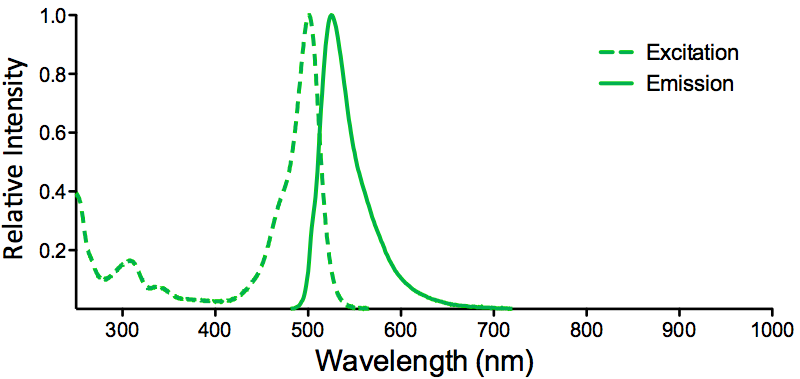
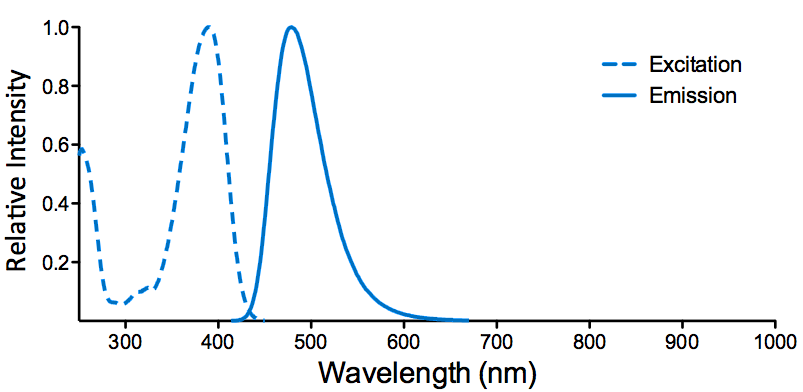
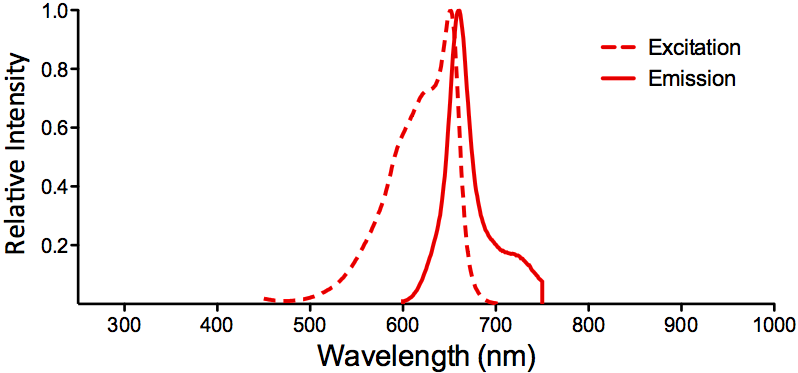
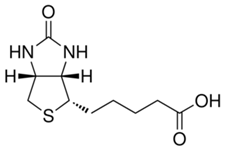
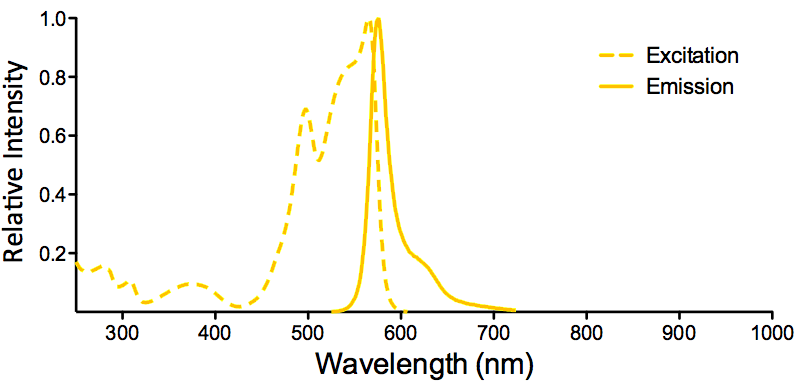
StressMarq Biosciences :
Based on validation through cited publications.